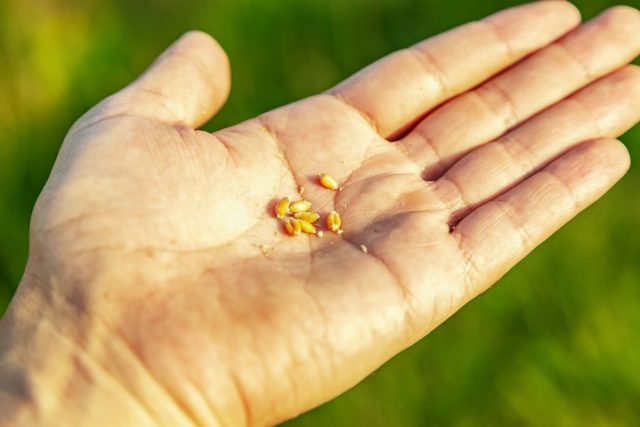Human performance is dependent on the things we consume regularly. Along with getting inadequate amounts of water, food is necessary to sustain human life. Of course, not all foods are made the same, and some items may be much more nutritious than others. A staple of nutrition has to do with eating nutritious grains.
While most of us know about whole grains, many others do not know how diverse they can be. Grains vary widely. They can provide our bodies with many benefits, playing a key role in our health and well-being. Grains can be delicious and nutritious when cooked right.
Let’s learn about the eight most nutritious grains and their characteristics:
1. Quinoa grains
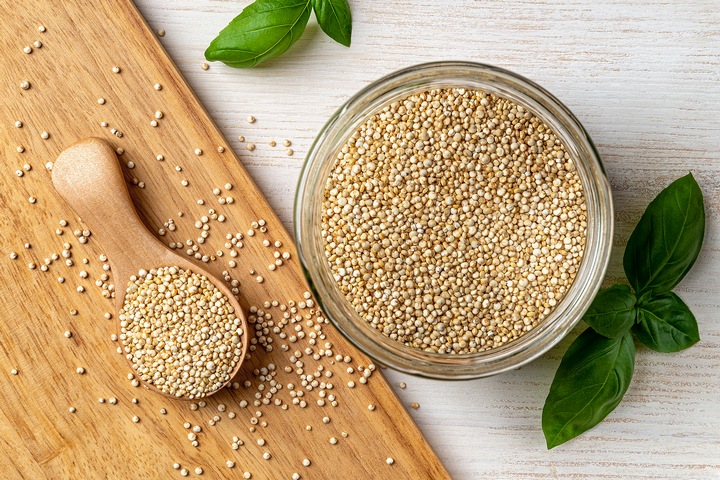
Often described as a super grain, quinoa comes packed with rich nutrients. Essentially, this type of grain is a plant-based protein and can be cooked in fifteen minutes. Quinoa is famous for including various nutrients in the human body, such as fibre and iron.
The grain also contains many amino acids, which go a long way to sustaining our muscles. You generally do not have to worry about eating it on its own if you prefer not to. Quinoa can be added to other dishes and mixed with your favourite ingredients in a salad. The choice here is yours!
2. Oats grains
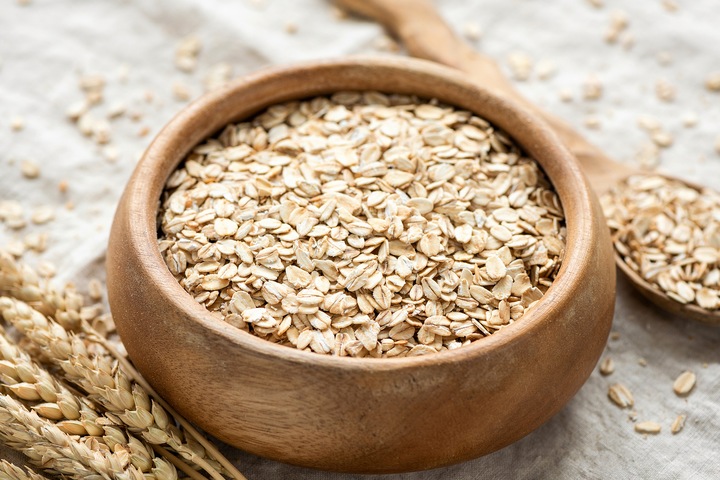
As mentioned previously, many of us may overlook just how powerful our favourite grains are. This sentiment could not be more valid when it comes to eating oats. For starters, oats are known to contain powerful natural additives and vitamins. If eaten daily, an individual can see a reduction in their cholesterol.
Whole oats are also extremely powerful due to their ability to help with weight management. When an individual is looking to take their body to the next level, the dish can be handy. An added benefit of eating whole oats is that they play a vital role in improving digestion.
Oats are easy to grow on farms. However, they require the optimal storage conditions to preserve their quality. You must consider their climate, moisture, and temperature levels to ensure these grains are stored properly. That’s why many farmers use grain bin monitoring systems. The technology gives you greater control over managing the temperature, moisture, fans, ambiance, and inventory levels.
3. Millet grains
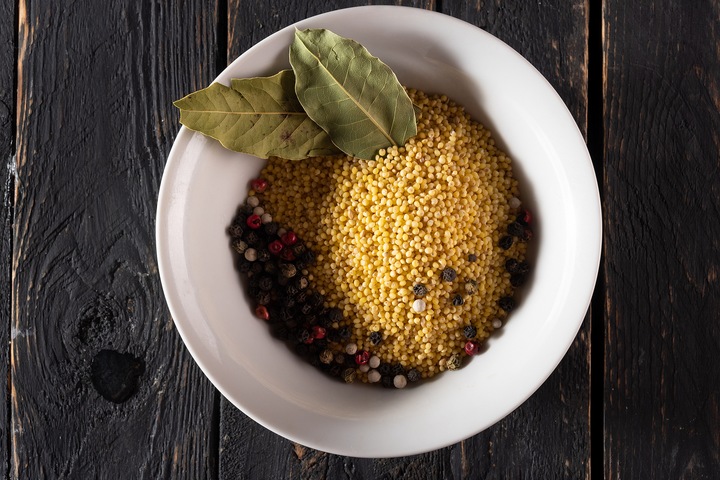
While some grains may be well known at this point, others may not be as popular. Take millet, for instance, which has several advantages to experience when consumed. Millet is generally a gluten-free pasta and can be used as a substitute of sorts. Not only known for being a source of healthy carbohydrates, but millet also has a ton of fibre to boot.
In addition, millet can be broken down to a point where it can be used as flour. This can then be cooked or baked to your liking to make some freshly baked goods. While many of us may think of millet as only a food fit for birds, it benefits humans. There are a ton of minerals to be gained once you consume them!
4. Spelt grains
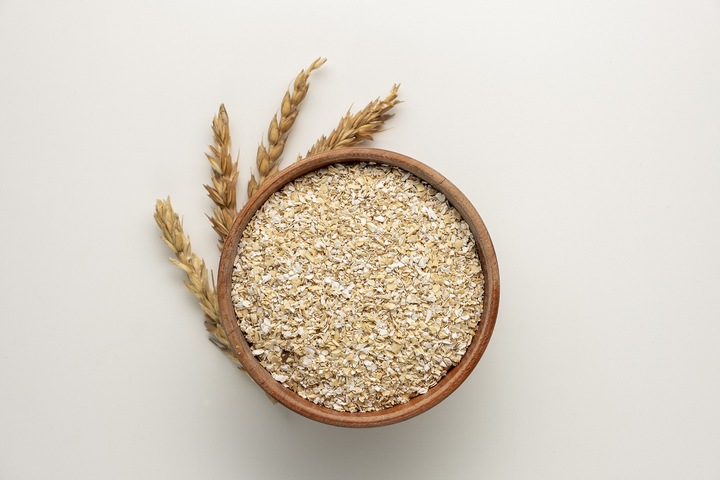
Italy is home to an assortment of delicious dishes, which can be palatable on the human tongue. However, many regions within the country are also known for growing healthy grains to eat. Spelt is one such grain used for more than just your cooking purposes.
Also known as farro, the grain contains many different types of minerals, along with complex carbohydrates. Spelt is also a multifaceted grain in that it can come in various forms too. Depending on your goals, these grain variations can be used in different cooking methods.
5. Freekeh grains
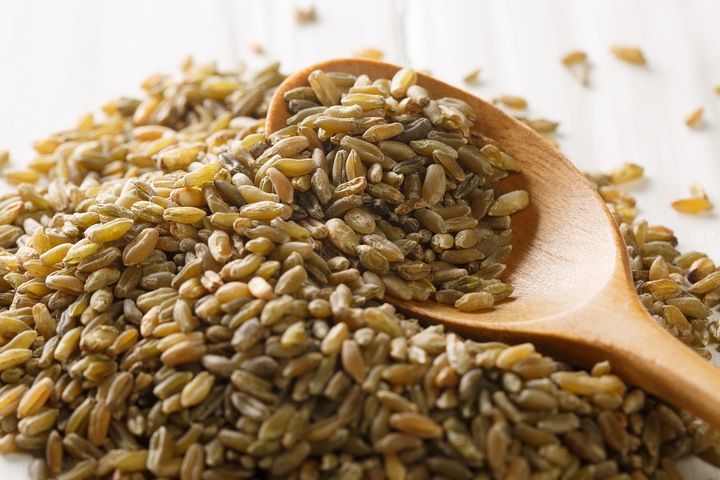
Many of us may know the benefits of different grains, such as quinoa. However, a distant cousin of that food source can also come jam-packed with nutrients. Freekeh has several health benefits, including having a low-glycemic composition. You do not have to worry about this grain negatively affecting you for those with high blood pressure.
6. Corn grains
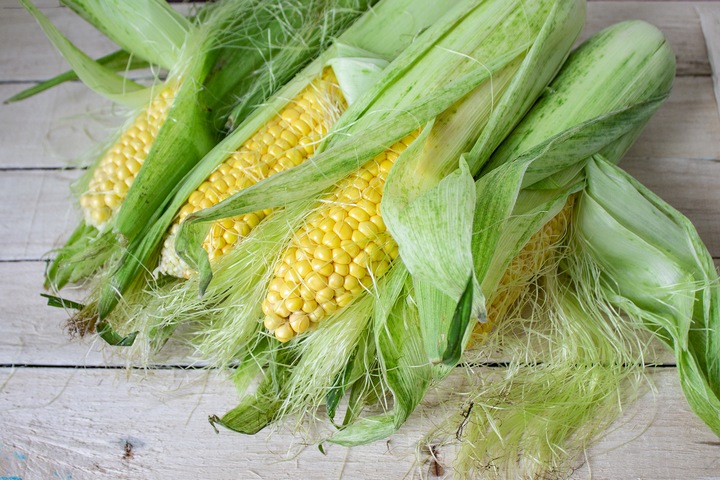
Corn has remained a staple of dishes the world over, but many of us may not think of it as a grain. Case in point, the food has several nutritional properties that can aid your eyesight. Just stay away from the artificial corn syrup!
7. Barley grains
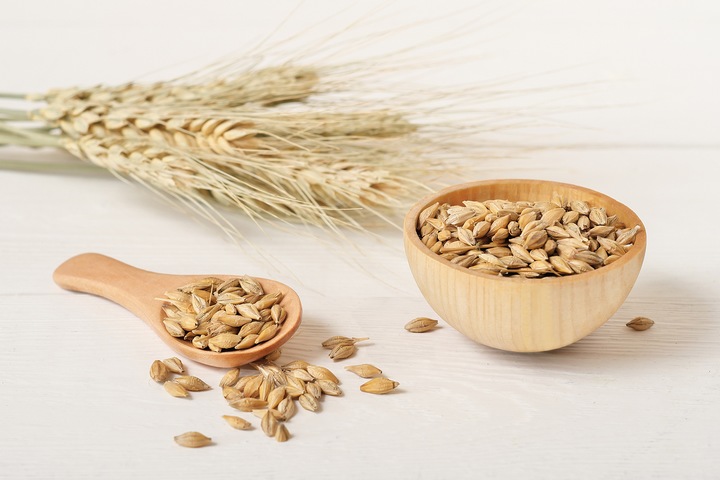
Often used in porridge and oatmeal, barley is an exceptionally powerful, multifaceted grain. With a high source of vitamin B and providing magnesium sources, you cannot go wrong when using it.
8. Brown rice grains
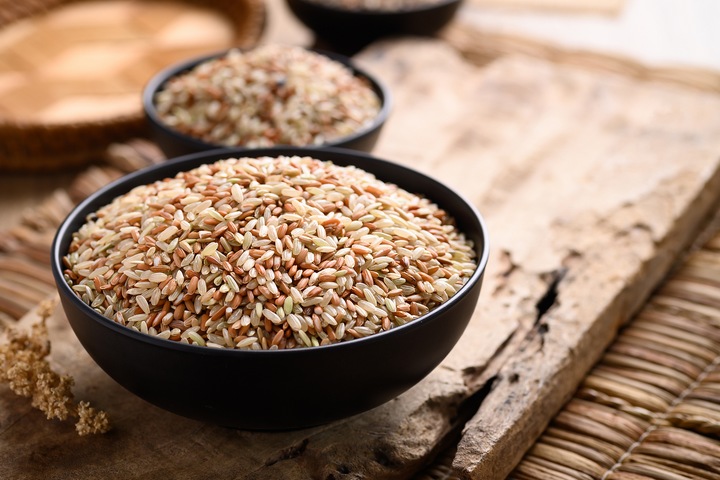
In later years, this type of rice has gotten a bad rep. However, the advantages of eating brown rice are second to none, as it still has a ton of health benefits to experience. Whole grain brown rice is a powerful complex carbohydrate and includes vitamin B. No matter your choice, grains offer many advantages to include in one’s diet!

